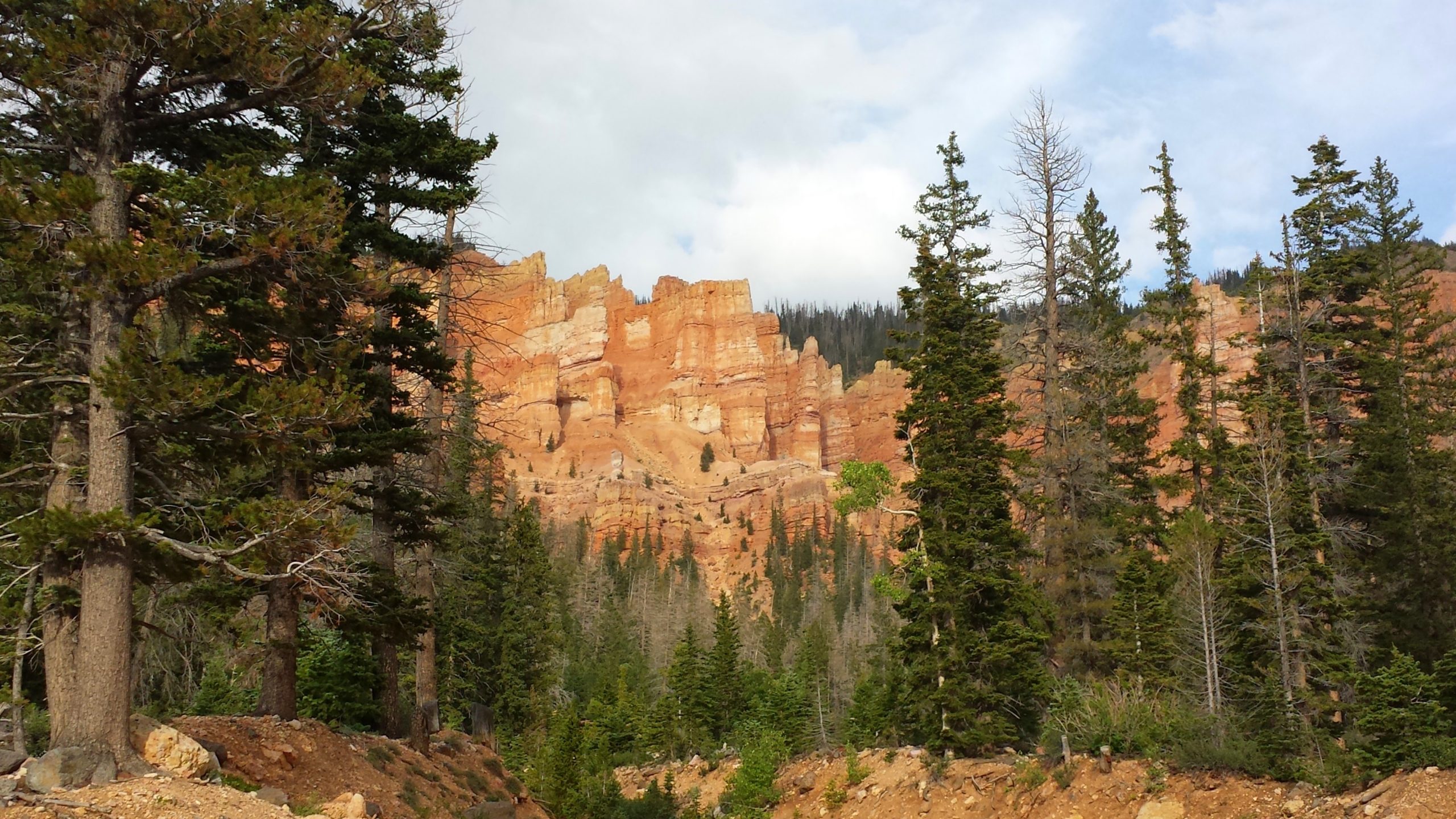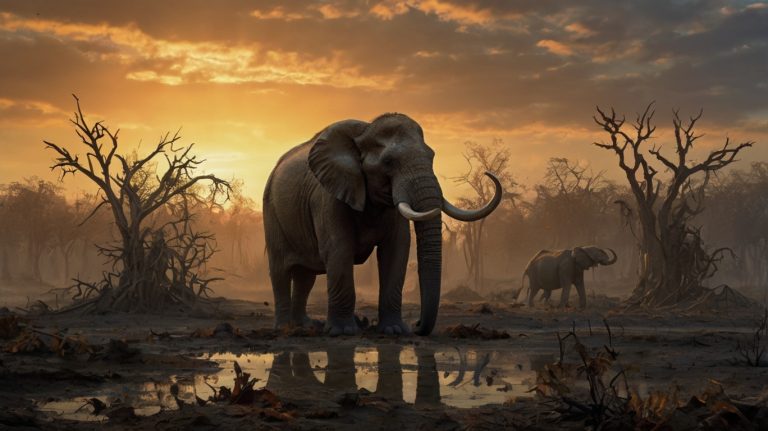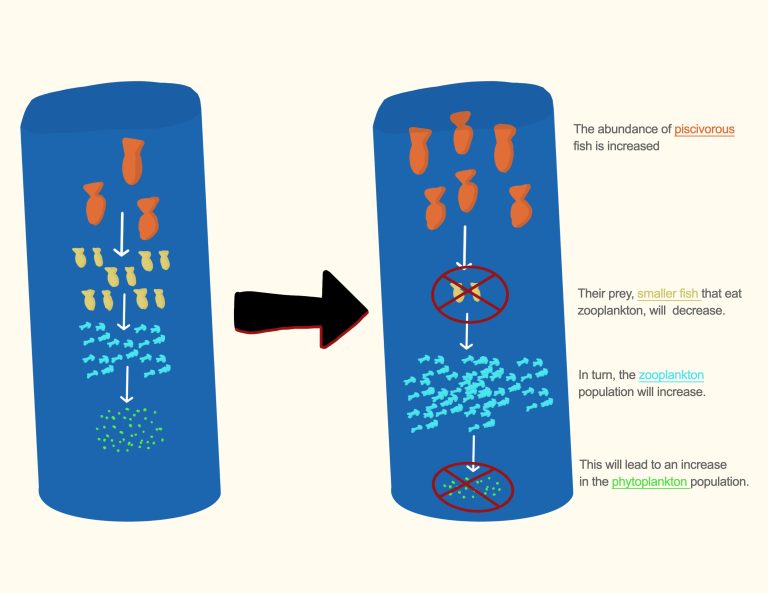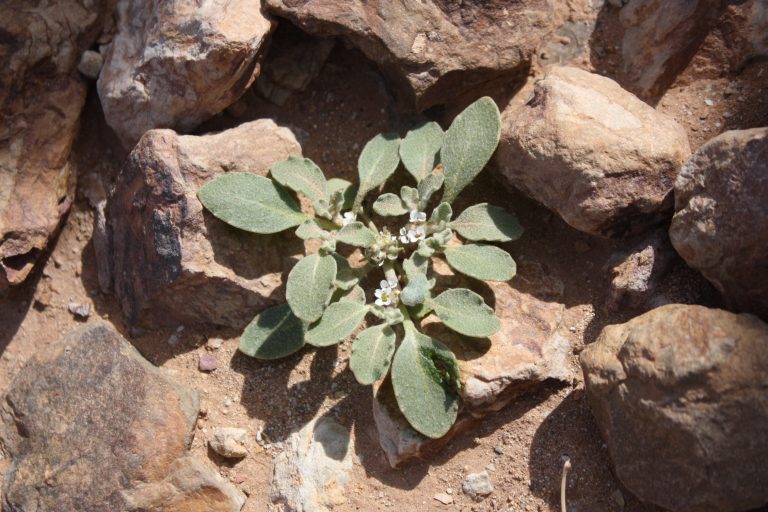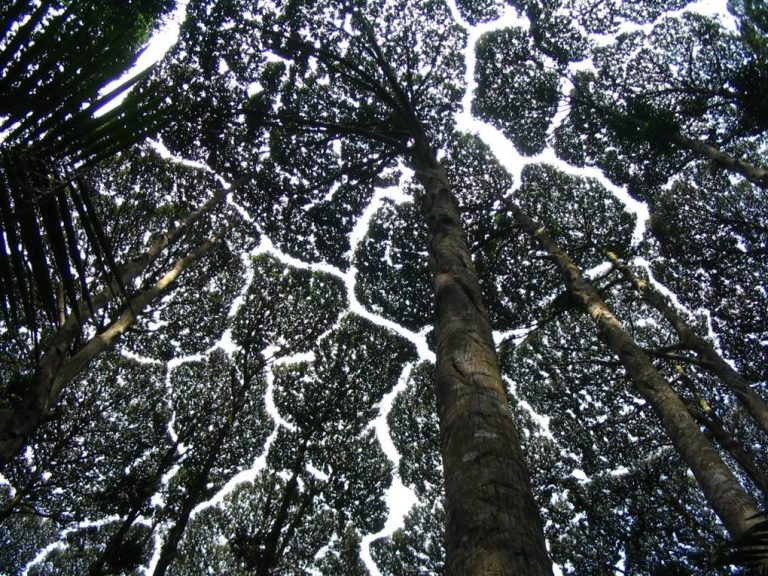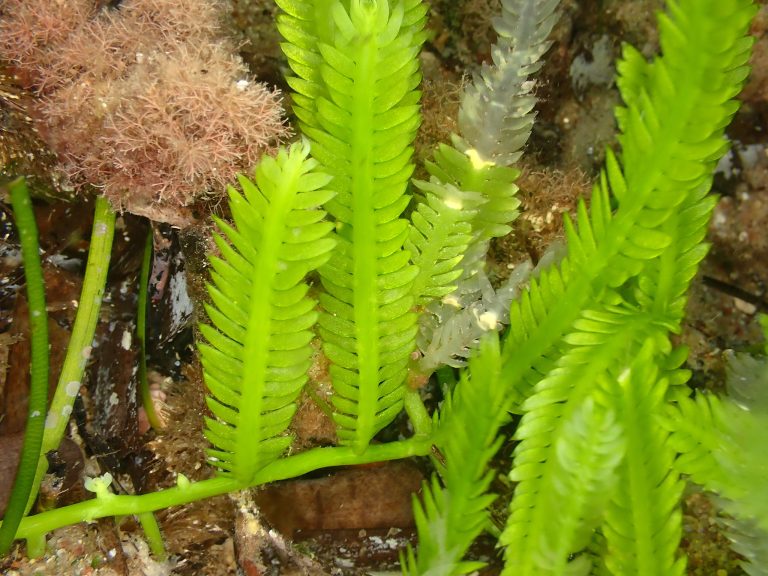From Rainforests to Tundras: Exploring The Earth’s Biomes
A biome can be considered the largest building block of planet Earth’s biosphere.
In this post, I’m going to bring you some interesting information about biomes.
You will learn the definition of a biome, the factors that define a biome, different types of biomes, the importance of biomes, as well as the human impact on them and their conservation.
What Is A Biome?
Let’s start off by gaining and idea what a biome really is.
The Definition of A Biome
A biome is a large area on Earth with its own specific climate, plants, and animals.
A biome is shaped mainly by its temperature, how much rain or snowfall it receives, and the kind of soil it has.
For example, a desert biome has a hot and dry climate and plants like cacti and animals adapted to these harsh conditions while a rainforest biome is warm and wet with a diverse array of plants and animals.
Biomes can be land-based like deserts, forests, grasslands, and tundra, or water based like oceans and lakes. The plants and animals a biome contains have special adaptations for living in their particular environment.
A biome is bigger than an ecosystem and can contain many different ecosystems within.
The boarders between different biomes are not always clear-cut. There are often overlapping areas between them.
Difference Between Biome, Ecosystem, & Habitat
As we already know, a biome is a large area with its specific climate, plants, and animals and can contain many ecosystems.
An ecosystem is a smaller area inside a biome that has a, dynamic balance resulted by the interaction among living things such as plants, animals, and bacteria and their interaction with non living elements such as soil, water, air, and sunlight. A big tree itself can be an ecosystem. Some other examples for ecosystems can be a pond, a coral reef, a decaying log, or a forest.
A habitat is simply where certain animal or plant lives, where it finds shelter, food, water and breeding grounds. A habitat can be a small niche within an ecosystem, a whole ecosystem, or even span over several ecosystems. For example a Moray Eel may occupy a certain crevice of a coral reef while some other fish roam the entire reef and Jaguar may occupy quite a large area of Amazon rainforest that contain many ecosystems.
Types of Biomes on Earth
Let’s explore the different types of biomes on earth now.
Terrestrial Biomes
Let’s start with the biomes on land.
Tropical Rainforests
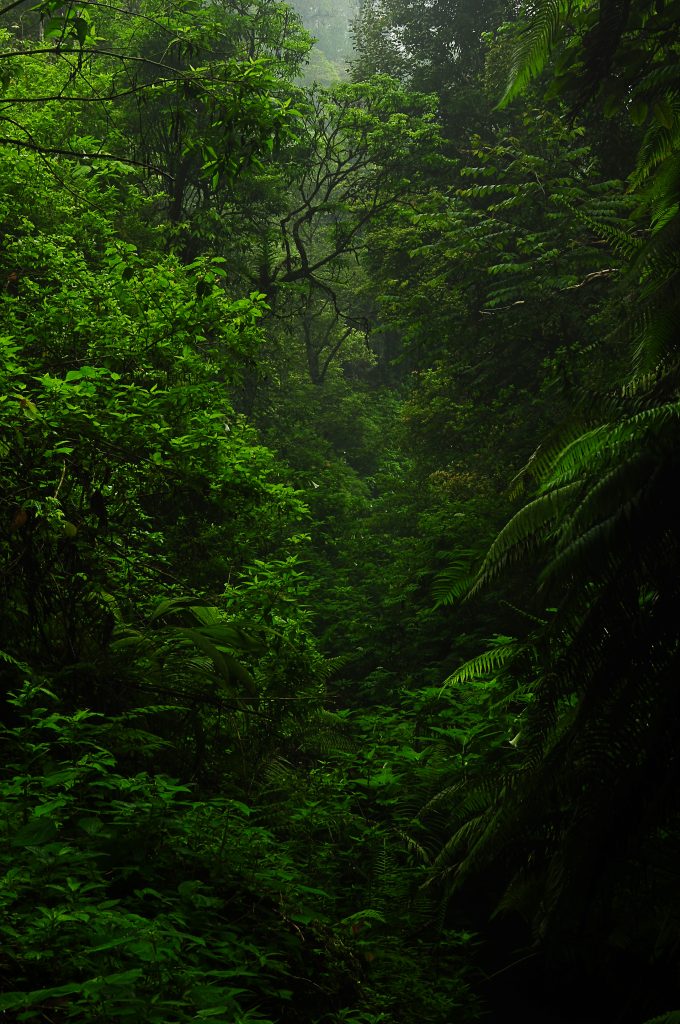
Own work
Located along or close to the equator, tropical rainforests stay warm year around and receive a significant amount of rain too.
Containing lots of tall trees, they host diverse plants and animals, and have more living things than any other biome.
Deserts
Deserts get very little rain. It’s hot during daytime in deserts, but nights can be cold.
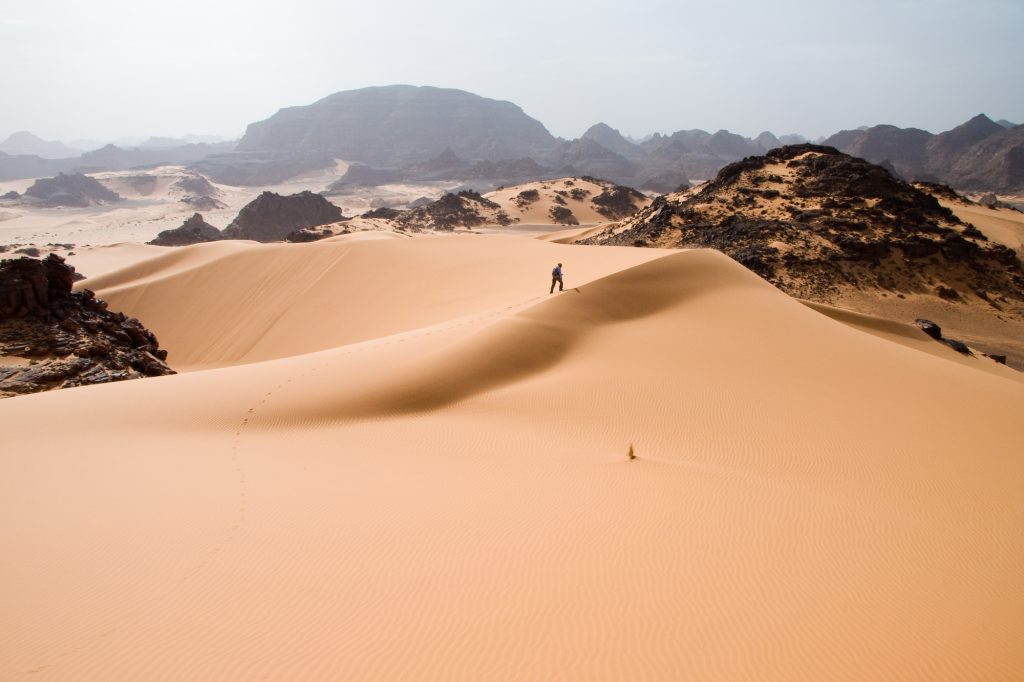
They have a limited diversity of drought-tolerant plants like cacti and animals adapted to arid and warm conditions. The animals mostly come out at night.
Grasslands
These are large open areas with mostly grass and few trees.
Depending on the particular climate of the region they are in, they can be either hot or cold.
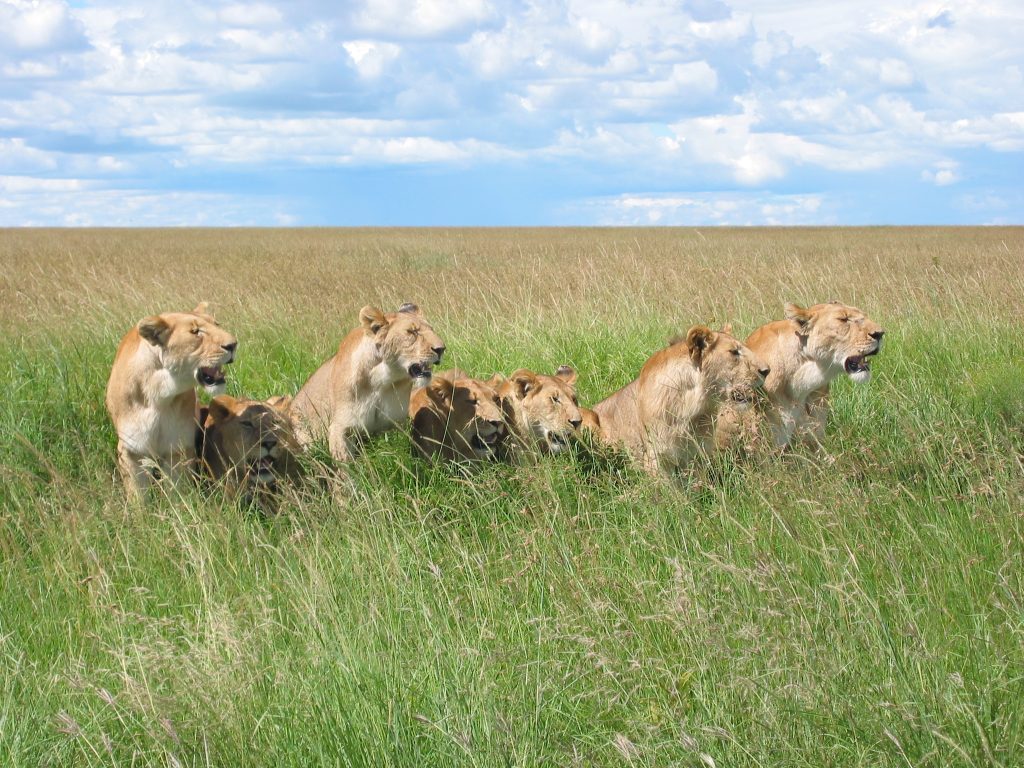
7 lions
Many animals, including large animals like elephants, lions, and zebras inhabit grasslands.
Temperate Forests
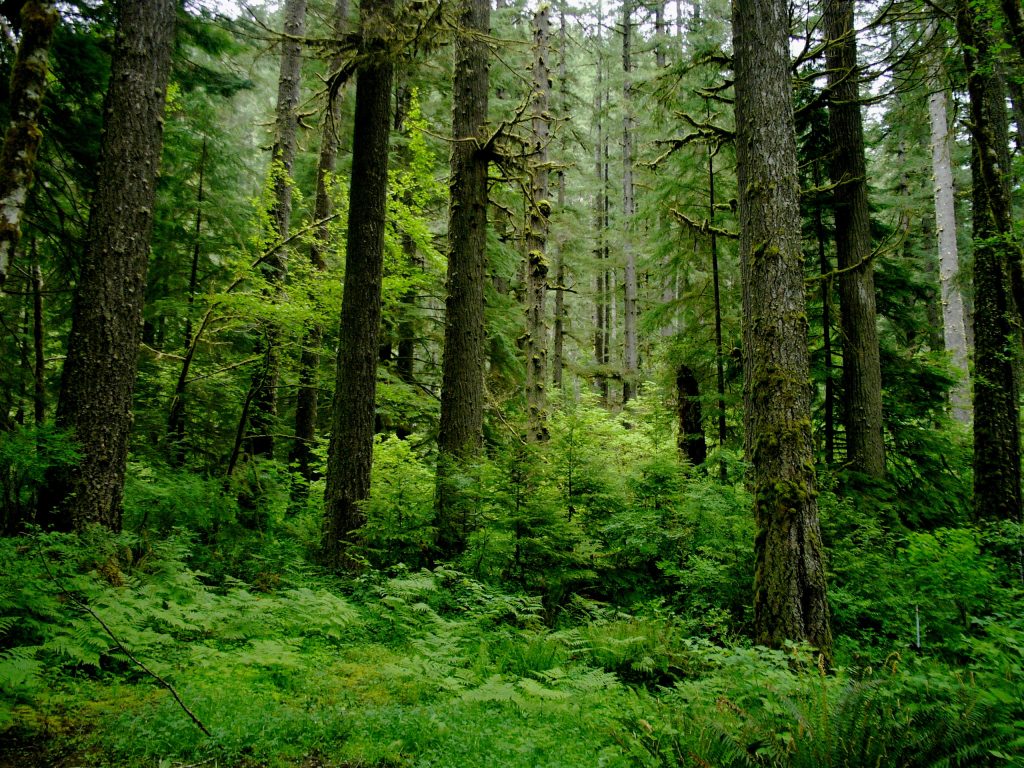
Located in the temperate regions with four seasons, spring, summer, autumn, and winter, they contain deciduous trees that shed their leaves in autumn and grow new foliage in spring.
These forests get enough rain for many trees to grow.
Animals like birds, bears, and deer inhabit them.
Taiga (Boreal Forest)
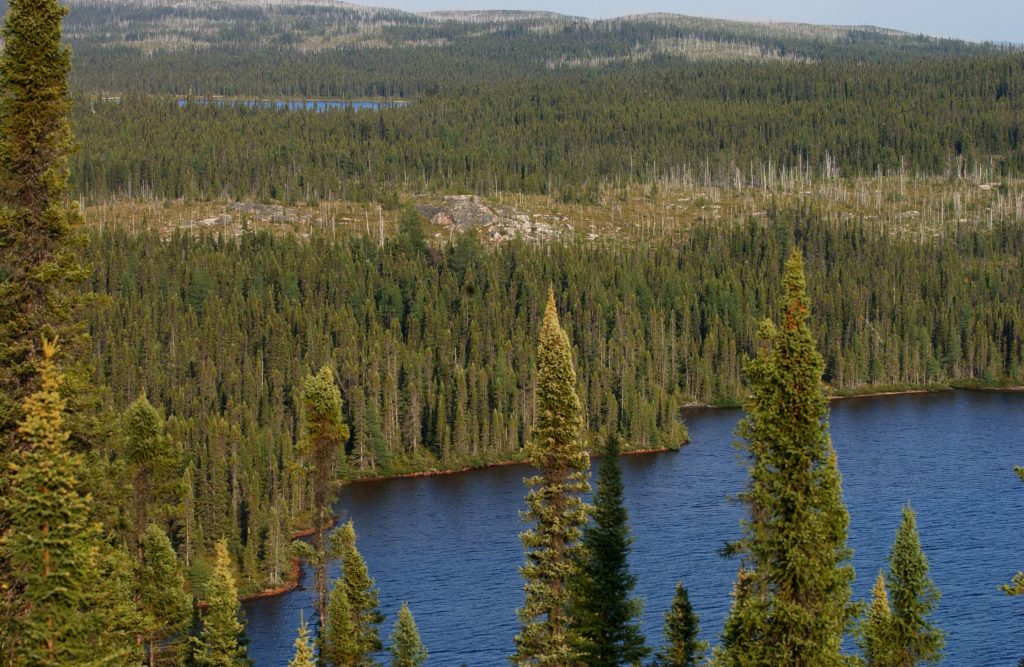
originally posted to Flickr as Paysage de la taïga / Taïga Landscape
Scratching across northern North America, Europe, and Asia, the taiga is the world’s largest territorial biome.
They have 6-7 months long, clod, winters and short summers.
Most of the trees of the Taiga are evergreen, pine, spruce, and fur, keeping their needles all year as it helps them survive the cold.
Animals such as wolves, moose, lynx, and foxes live there.
Tundra
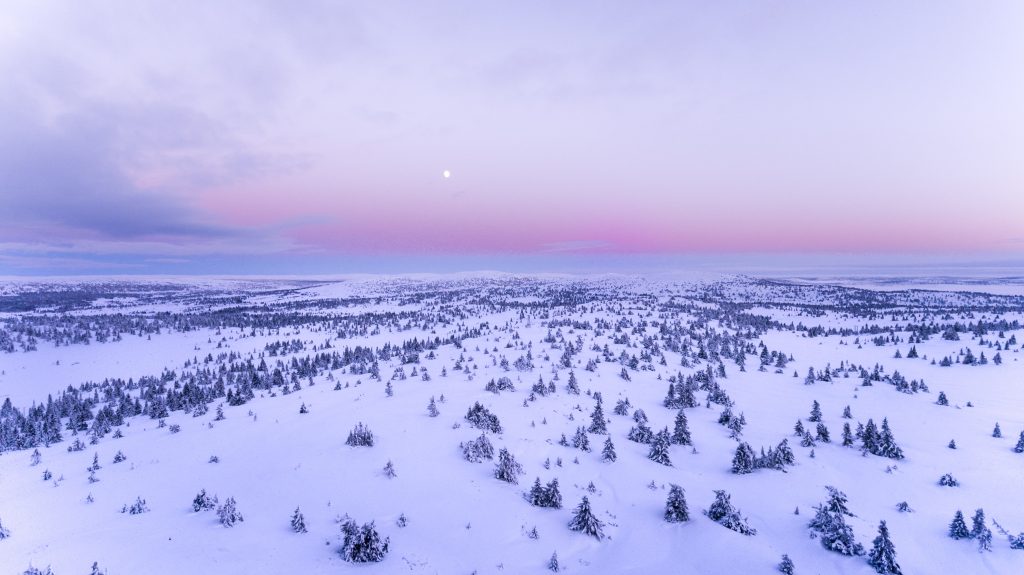
Mostly found in cold regions just below the polar ice cap of the Arctic, the Tundra is very cold and dry.
The ground is often frozen in the Tundra.
There are hardly any trees but small plants like mosses and lichen.
Animals like reindeer and arctic foxes live there.
Aquatic Biomes
Let’s explore the water biomes now.
Freshwater Biomes
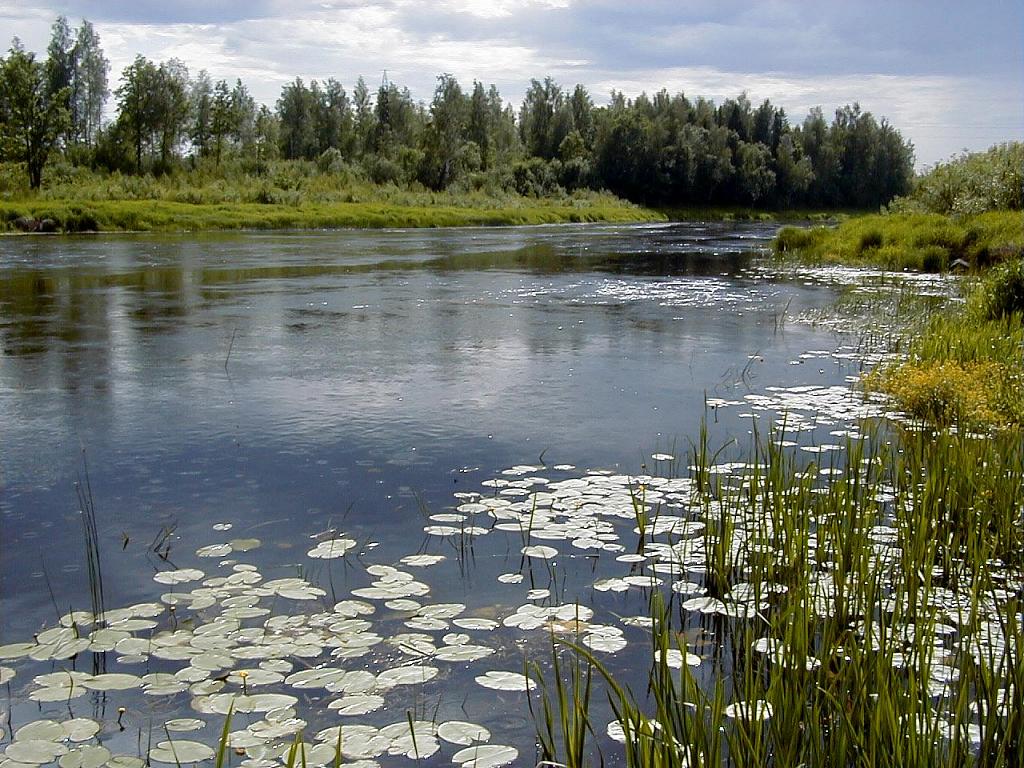
Panoramio
These include rivers, lakes, ponds, and wetlands.
The water in these biomes have very little salinity.
Various fish, amphibians such as frogs, salamanders, and newts, various crustaceans like freshwater crabs and crayfish, aquatic insects, and many aquatic plants inhabit these freshwater biomes.
Marine Biomes
These are Earth’s oceans and seas, and obviously, have saline water.

A diverse array of animals, from invertebrates like shrimp and sea slugs, to various fishes and mammals, including the world’s largest mammal the Blue whale, as well as plants like seagrass and kelp call these home.
Factors That Define A Biome
Let’s explore what defines a biome now.
Climate & Weather Patterns
Climate is the weather condition in a region over a long time, including how hot or cold it is and how much rain or snowfall it receives.
Different biomes have different climates. For example, deserts are warm and dry with very little rain, while rain forests are warm and very wet.
These different temperatures and precipitations determine what kind of plants and animals can live there.
Soil Types & Geography
Different biomes have different soils, with varying texture and content.
Some soils are dry and sandy, like in the deserts, and forest has nutrient-rich, loamy, moist soil.
The soil types of a biome determines what plants can grow in it, and those plants in return determine the kind of animals can live in it.
Geographical features like mountains, valleys, plains also affect the kind of soil there is in a biome as well as its climate, contributing to define the biome further.
Adaptations of Plants & Animals
Plants and animals that occupy a biome have special adaptations to the its particular soil and climate.
For example cacti plants that grow in deserts are capable of storing water to survive dry periods, and mammals like bears who live in cold biomes grow thick fur to stay warm.
So special adaptations plants and animals have developed to suit a particular biome is another that defines it.
The Role of Biomes in The Earth’s Biosphere
So, why are biomes important?
Let’s find out:
Biodiversity & Species Distribution
Biomes are important because they support biodiversity.
Each biome hosts a varying array of plants and animals adapted to its particular conditions.
This variety helps keep the biosphere healthy and balanced.
Provision of Resources
Earth’s biomes also provides us with resources like oxygen, water, food and other things such as medicines, timber, leather, and other raw materials.
Climate Regulation
Biomes help regulate Earth’s climate.
For example, forests and phytoplankton in the ocean absorb atmospheric carbon dioxide, a greenhouse gas that causes global warming, amending global warming as a result.
Oceans and other water biomes help keep the temperature steady due to the high heat capacity of water.
Human Impact on Biomes
So, how is humanity affecting these precious biomes?
Sadly, it’s a grim picture that emerges when we look into that.
Deforestation & Habitat Loss
Lots of trees are cut down for various real estate, industrial, agricultural development purposes all over the world, especially in the rainforests.
This deforestation makes many animals lose their food sources, shelter, and breeding grounds. This causes many plants and animals to disappear.
Deforestation also results in increased levels of atmospheric carbon dioxide, which contribute to global warming that can harm the biomes again in return, like a vicious cycle.
Pollution & Climate Change
Pollution is another way human activity affect the Earth’s biomes harmfully.
Pollutant byproducts from factories, farms, and cities contaminate the air, water, and soil, harming various plants and animals that are crucial for everything to be in balance.
Burning of fossil fuels in industrial operations and motor vehicles release green house gases that contribute to global warming. This can make some biomes hotter or wetter than usual, potentially harming plants and animals that have adapted to their usual climates. A classic example is how global warming as is melting the ice in Tundra, changing forests and oceans.
Conservation Efforts
The mankind is constantly making efforts to preserve the biomes.
Laws and regulations have been and continue to be established to minimize habitat destruction and protect endangered animals.
There are habitat restoration attempts, including reforestation, in motion too.
Designating protected areas is part of this conservation attempt too.
Mankind’s constant research and development of renewable alternatives to fossil fuels, such as solar power is aimed conserving Earth’s biomes too.
Educating the masses about the importance of biomes is an important part of this conservation effort too. Many local and international organizations are involved in this.
Conclusion
A biome is a large area defined by its unique climate, soil, plants, and animals.
There are many types of terrestrial and aquatic biomes, each with its own typical climate, soil, plants, and animals.
Biomes play an important role in the Earth’s biosphere, supporting biodiversity, providing various resources, and regulating climate.
Their integrity and longevity are compromised by human impact, and various conservation attempts are in place for their conservation.

